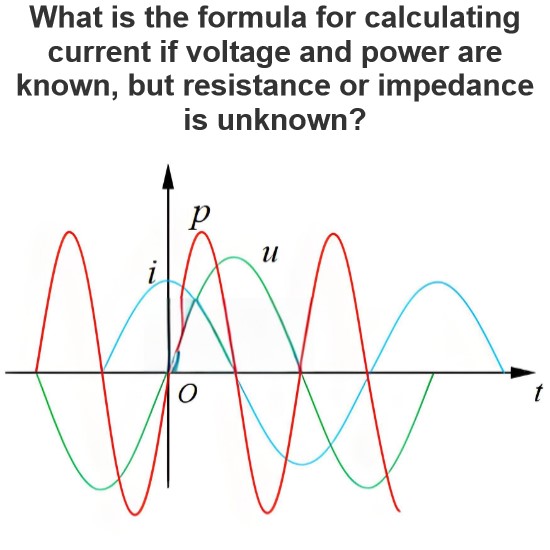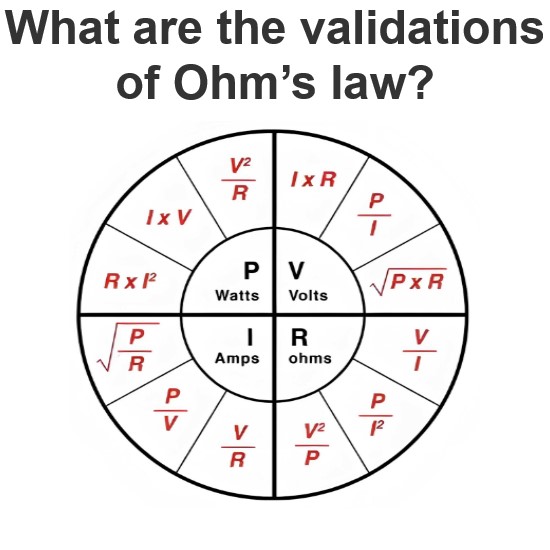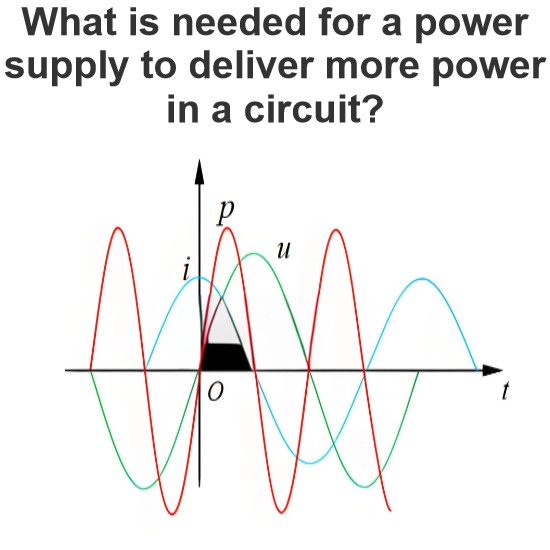Fleming’s Left-Hand Rule
Fleming’s Left-Hand Rule is a principle in electromagnetism that describes the relationship between the direction of the current in a conductor, the direction of the magnetic field around the conductor, and the direction of the force on the conductor. It is similar to Fleming’s Right-Hand Rule, but it is used to predict the direction of the force on a conductor moving through a magnetic field, rather than a stationary conductor.
To use Fleming’s Left-Hand Rule, follow these steps:
Hold your left hand out with the thumb, index finger, and middle finger extended.
Point the thumb in the direction of the force on the conductor.
Point the index finger in the direction of the magnetic field around the conductor.
Curl the middle finger in the direction of the current in the conductor.
The direction in which the middle finger curls indicates the direction of the current in the conductor.
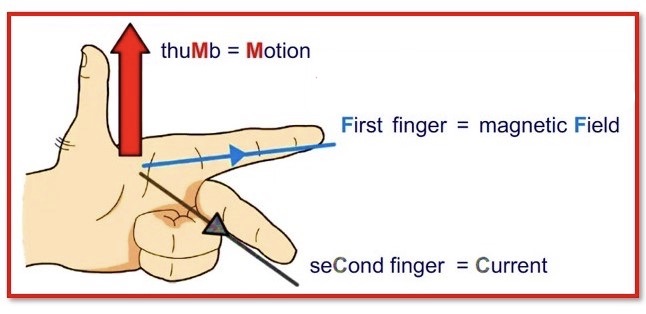
Fleming’s left hand rule equation:
Force = Magnetic flux density around the conductor x current in the conductor x length
F = B x I x L
What is another term for the Fleming left-hand rule?
The motor rule is another name for Fleming’s left-hand rule.
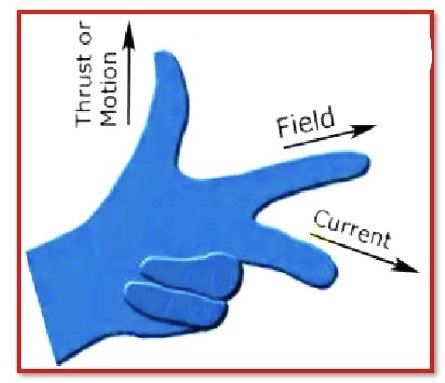
Applications of Fleming’s Left-Hand Rule:
Fleming’s Left-Hand Rule is often used to predict the direction of the force on a conductor moving through a magnetic field. It is particularly useful for understanding the behavior of motors and generators, which rely on the interaction between currents and magnetic fields to produce motion or electrical power.
The Left-Hand Rule is named after the British scientist John Ambrose Fleming, who first proposed it in the late 19th century. It is one of several similar rules that are used to predict the behavior of currents and magnetic fields in various situations.
Statement: Respect the original, good articles worth sharing, if there is infringement please contact delete.
As an electrical engineer with 5 years of experience, I focus on transformer and circuit breaker reliability in 110/33-11kV and 33/11kV substations. I am a professional electrical engineer with experience in transformer service and maintenance.


